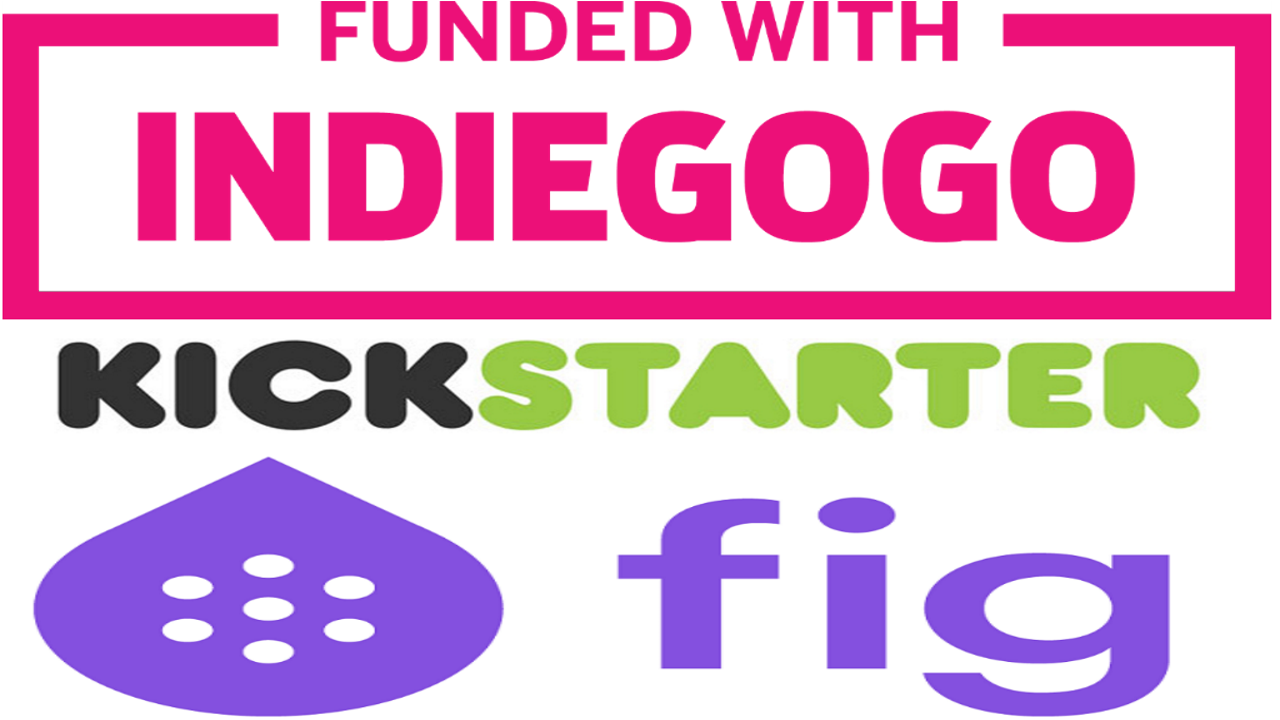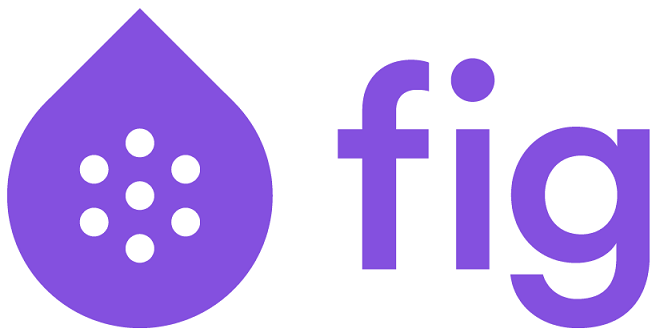“Hey, you know that game you loved as a kid? Why don’t they remake it? Better yet, make a sequel! That would be awesome.”
Until 2009, the decision to do just that was almost completely in the hands of publishers. Game studios, in thrall to the almighty dollar and making mere cents off their titles once fees, marketing and other costs were removed, had nowhere to turn. Outside of Steam, they were wholly reliant on the success of their previous game in order to make the next one — or the generosity of whichever publisher decided to offer them a contract.
Kickstarter changed all that. The crowdfunding platform presented a way of bypassing the heavy restrictions and costs associated with typical game publishing. It also meant that developers had far more creative freedom; free from interference. It was an astounding success, and helped bring to life sequels to cult series and brand new IPs, including Wasteland 2, Shenmue 3, Broken Age, and Elite Dangerous.
Yet, while Kickstarter was the first platform to achieve major success funding games, Indiegogo had already been around for a year. The success of Kickstarter prompted the creation of further similar platforms, most notably — for the gaming world — Fig, which was launched in 2015.
But what separates these platforms? Why do game developers prefer to use one over another? Here’s a brief rundown.
Indiegogo
It may have launched before Kickstarter, but Indiegogo is actually less focused on gaming than its competitors. The most notable campaigns to come from the platform were Skullgirls and Indivisible (by the same team). Otherwise, the offerings consist mainly of niche titles, and games like StarForge, which was widely ridiculed upon release despite hitting well over its target goal.
Like Kickstarter, Indiegogo casts its net over a wide range of campaigns, from medical and exercise machines to new tech and gizmos, as well as film and music. Studios may be reluctant to use it for a number of reasons, though — in terms of web traffic, it simply doesn’t match up to Kickstarter’s global presence (at the time of writing, Alexa ranks it at 1486, compared to Kickstarter’s 548). Indiegogo is also known for playing far looser with campaign rules — when it was proven that a campaign on the site was fraudulent, Indiegogo notoriously removed its anti-fraud guarantee.
However, it also has advantages over Kickstarter and Fig. Most notable is the fact that you can opt to keep whatever money you make from your campaign, regardless of whether it is fully funded or not. You can also continue to raise money once the campaign is over. It certainly doesn’t have the brand recognition of Kickstarter, nor Fig’s advisory board which consists of veteran videogame executives. But its flexibility and global accessibility means it’s an option for those ineligible to use the other platforms.
Kickstarter
By far the most successful of the main crowdfunding platforms, Kickstarter has helped studios and gamers realize their dream of creating titles that would simply be unachievable through traditional publishing. The massive popularity of Torment, Pillars of Eternity and Yooka-Laylee have established it as the go-to site for getting your game funded.
Not every campaign has been a runaway success — take the Ouya, for instance — but it offers slightly more security for backers than the likes of Indiegogo. Of course, once a campaign is funded, there’s still no guarantee that you’re going to receive what was promised. The cautionary tale of Mighty No. 9 serves to remind us that — three years on — some backers still haven’t received their rewards.
Kickstarter is also available in far fewer countries than Indiegogo. While Indiegogo is open to almost every country in the world — including the potentially lucrative Asian market — Kickstarter only recently allowed submissions from Singapore and Hong Kong. Asian developers outside of these countries will likely find Indiegogo to be their preferred platform.
That said, Kickstarter is still the go-to site for many developers looking for funding, and as it expands into ever more territories the competition is going to need to work hard to keep up.
Fig
Very much the new kid on the block, Fig was established in 2016 by three people, including Justin Bailey who was previously the COO of Double Fine Productions. The advisory board includes industry giants such as Brian Fargo (inXile), Feargus Urquhart (Obsidian) and Tim Schafer (Double Fine), who have decades of experience in the videogame industry between them.
Fig differs massively from the other platforms — it is solely focused on videogames, and currently only allows a small number of campaigns per month to be launched. These are curated by the executive team to ensure that they are of a suitable quality, before being pitched to potential backers.
However, whilst the traditional crowdfunding model of rewards exists, Fig also opened its door to equity funding from investors. Initially, only accredited investors — with assets of more than $1 million — were eligible to fund campaigns. More recently though, the door has been opened to unaccredited investors with a minimum injection of $1,000 for any given project. The idea is simple: if a game is successful, the traditional backers will get the rewards promised in the usual manner, and the investors will receive a profit share based on how well the game performs.
It’s an interesting hybrid of crowdfunding and P2P lending, which has the potential to shake up the hold that Kickstarter has on the industry. Rewards are great, but getting cash back from a successful game propels funding to a whole new level. The advisory board is certainly getting behind the platform — all three companies have stated that future projects will all be funded through Fig, and given that Psychonauts 2, Pillars of Eternity II: Deadfire and Wasteland 3 are all fully funded, it seems their faith is well placed.
****
It’s safe to say that crowdfunding isn’t going anywhere soon, and although Kickstarter fatigue may have helped the likes of Fig get a foothold in the industry, gamers are being catered for across all three platforms in one form or another. It’s an industry space that is still looking to change how games are made and funded, and we’ll be keeping a close eye on how Kickstarter and Indiegogo react to Fig’s innovative investment model over the coming months.
Have you backed a game on any of these platforms? Do you think the other platforms can learn from Fig’s model? Let us know in the comments!













Published: Feb 8, 2017 07:36 am